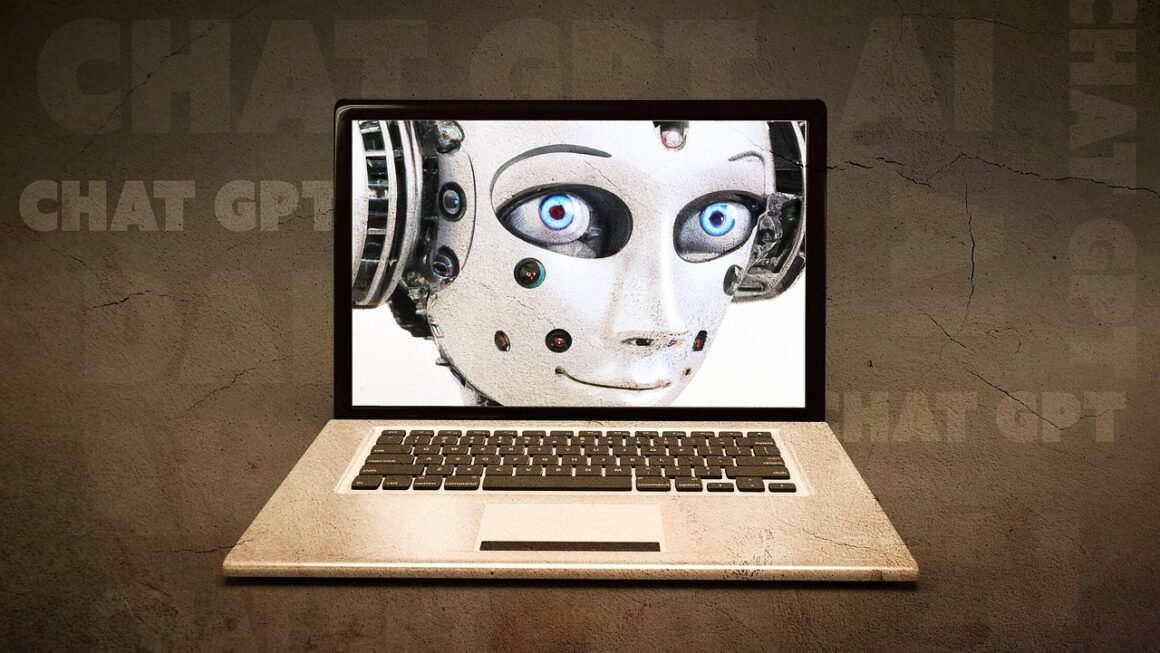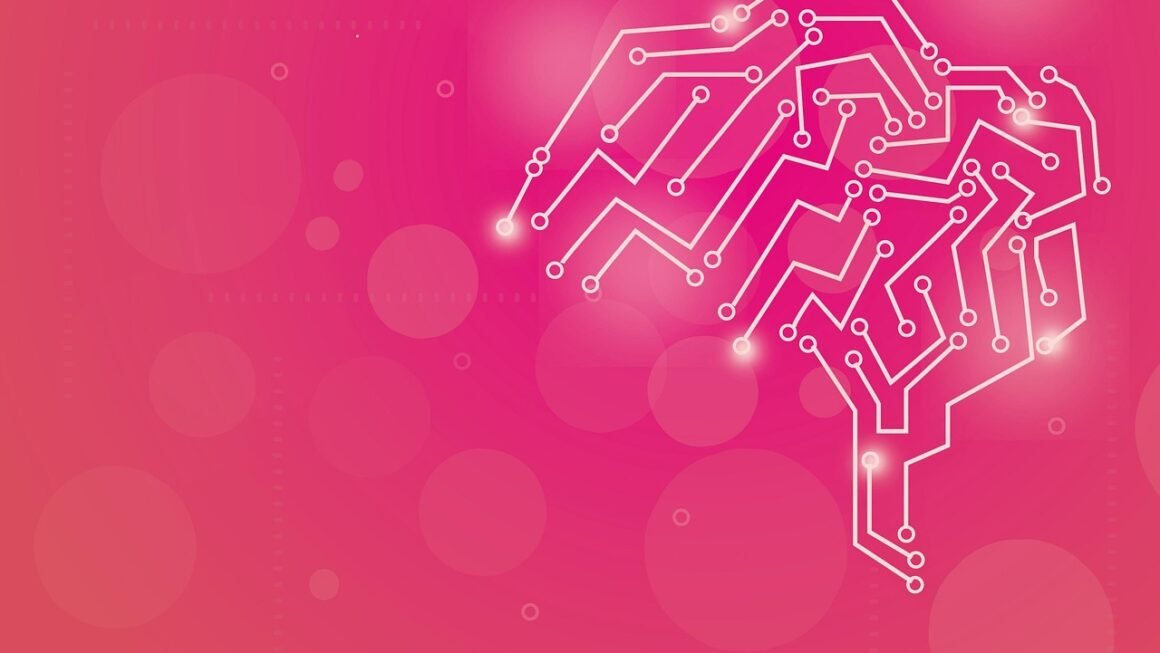Image recognition has rapidly transformed from a futuristic concept to a pervasive technology impacting almost every facet of modern life. From automatically tagging friends in photos on social media to powering sophisticated diagnostic tools in healthcare, the ability of machines to “see” and interpret images has opened up a world of possibilities. This blog post will delve into the intricacies of image recognition, exploring its core principles, diverse applications, the technologies that drive it, and its future trajectory.
What is Image Recognition?
Defining Image Recognition
Image recognition is a branch of artificial intelligence (AI) and computer vision that enables computers to identify and classify objects, people, places, and actions within images and videos. It goes beyond simply detecting pixels; it involves understanding the meaning of those pixels. Think of it as teaching a computer to “see” the world in a way that’s similar to human vision.
Key Differences: Image Recognition vs. Image Processing vs. Computer Vision
It’s crucial to distinguish image recognition from related fields:
- Image Processing: Focuses on manipulating images to enhance their quality or extract specific features (e.g., noise reduction, contrast adjustment). It’s a pre-processing step for many image recognition systems.
- Computer Vision: A broader field encompassing all aspects of how computers “see” and interpret images, including image acquisition, processing, analysis, and understanding. Image recognition is a subset of computer vision.
The Core Principles Behind Image Recognition
Image recognition typically relies on machine learning (ML) and, more specifically, deep learning techniques. Here’s a simplified overview:
- Data Collection: A massive dataset of labeled images is required to train the model. For example, if you want to train a system to recognize cats, you need thousands of images of cats labeled as “cat”.
- Feature Extraction: Algorithms identify and extract distinctive features from the images, such as edges, shapes, textures, and colors.
- Model Training: A machine learning model (often a Convolutional Neural Network – CNN) is trained on the labeled data to learn the relationship between the extracted features and the corresponding labels.
- Classification: When presented with a new, unseen image, the trained model analyzes its features and predicts its class or category.
Applications of Image Recognition Across Industries
Healthcare
Image recognition is revolutionizing healthcare by enabling faster and more accurate diagnoses.
- Medical Image Analysis: Identifying tumors, fractures, and other anomalies in X-rays, CT scans, and MRIs. This includes identifying early signs of diseases like cancer, potentially improving patient outcomes.
- Diagnosis Assistance: Assisting doctors in making diagnoses by analyzing visual symptoms (e.g., skin lesions, eye conditions).
- Surgical Assistance: Guiding surgeons during procedures with real-time image analysis and object recognition.
Retail and E-commerce
Image recognition is enhancing the shopping experience for consumers and streamlining operations for retailers.
- Visual Search: Allowing customers to search for products using images instead of text. For example, take a picture of a dress you like and find similar items online.
- Product Recognition: Automatically identifying products on shelves to track inventory and prevent stockouts.
- Personalized Recommendations: Recommending products based on a user’s browsing history or images they’ve uploaded.
Security and Surveillance
Image recognition is playing a crucial role in enhancing security and public safety.
- Facial Recognition: Identifying individuals in surveillance footage for security purposes or access control.
- Object Detection: Detecting suspicious objects (e.g., unattended bags, weapons) in public areas.
- License Plate Recognition: Automatically identifying license plates for traffic monitoring and law enforcement.
Manufacturing
Image recognition is improving quality control and efficiency in manufacturing processes.
- Defect Detection: Identifying defects in products during the manufacturing process. This allows for early detection and correction of issues, reducing waste and improving product quality.
- Robotics and Automation: Enabling robots to navigate and interact with their environment. For example, robots can use image recognition to pick and place objects on an assembly line.
Technologies Driving Image Recognition
Convolutional Neural Networks (CNNs)
- Architecture: CNNs are the dominant architecture for image recognition tasks. They consist of multiple layers that automatically learn hierarchical features from images. Key layers include convolutional layers, pooling layers, and fully connected layers.
- Advantages: CNNs are highly effective at extracting relevant features from images, making them well-suited for image classification and object detection. They are also robust to variations in image size, orientation, and lighting.
- Example: Popular CNN architectures include AlexNet, VGGNet, ResNet, and EfficientNet.
Deep Learning Frameworks
- TensorFlow: An open-source machine learning framework developed by Google, widely used for building and deploying image recognition models.
- PyTorch: An open-source machine learning framework developed by Facebook, known for its flexibility and ease of use.
- Keras: A high-level API for building and training neural networks, which can run on top of TensorFlow, PyTorch, or other backends.
Datasets
- Importance of Labeled Data: The performance of image recognition models depends heavily on the quality and quantity of labeled training data.
- Publicly Available Datasets: Several publicly available datasets are widely used for training and benchmarking image recognition models, including ImageNet, MNIST, CIFAR-10, and COCO. These datasets provide researchers and developers with standardized resources for evaluating and comparing different algorithms.
- Data Augmentation: Techniques such as rotation, scaling, and cropping are used to artificially increase the size of the training dataset and improve the model’s generalization ability.
Challenges and Limitations
Data Dependency
- Need for Large Datasets: Image recognition models, particularly deep learning models, require vast amounts of labeled data for training. Acquiring and labeling this data can be time-consuming and expensive.
- Data Bias: If the training data is biased, the resulting model may exhibit discriminatory behavior. For example, a facial recognition system trained primarily on images of one race may perform poorly on other races.
Computational Requirements
- Training and Inference: Training deep learning models for image recognition can be computationally intensive, requiring powerful hardware such as GPUs. Inference, the process of using a trained model to classify new images, can also be computationally demanding, especially for real-time applications.
- Resource Optimization: Techniques such as model compression and quantization are used to reduce the computational requirements of image recognition models and make them more suitable for deployment on resource-constrained devices.
Adversarial Attacks
- Vulnerability to Attacks: Image recognition models can be vulnerable to adversarial attacks, where carefully crafted perturbations to input images can cause the model to misclassify them.
- Robustness Strategies: Researchers are developing strategies to improve the robustness of image recognition models against adversarial attacks.
The Future of Image Recognition
Enhanced Accuracy and Efficiency
- Advancements in Algorithms: Ongoing research is focused on developing more accurate and efficient image recognition algorithms, including new neural network architectures and training techniques.
- Transfer Learning: Transfer learning, where knowledge gained from training on one task is applied to another, can significantly reduce the amount of data and training time required for new image recognition tasks.
Integration with Other Technologies
- Edge Computing: Deploying image recognition models on edge devices, such as smartphones and cameras, can reduce latency and improve privacy.
- IoT Integration: Image recognition is being integrated with IoT devices to enable a wide range of applications, such as smart homes, smart cities, and industrial automation.
Ethical Considerations
- Bias Mitigation: Addressing bias in image recognition models is a crucial ethical consideration. Researchers are developing techniques to identify and mitigate bias in training data and model design.
- Privacy Protection: Ensuring the privacy of individuals in images is another important ethical consideration. Techniques such as anonymization and federated learning are being explored to protect privacy while still enabling image recognition.
Conclusion
Image recognition has become an integral part of our technological landscape, impacting industries and daily life in profound ways. While challenges remain, ongoing advancements in algorithms, hardware, and data management promise a future where image recognition systems are more accurate, efficient, and ethical. As this technology continues to evolve, it will undoubtedly unlock even greater possibilities, transforming how we interact with the world around us. Understanding the core principles, diverse applications, and the technologies powering image recognition will empower individuals and organizations to harness its potential responsibly and effectively.



